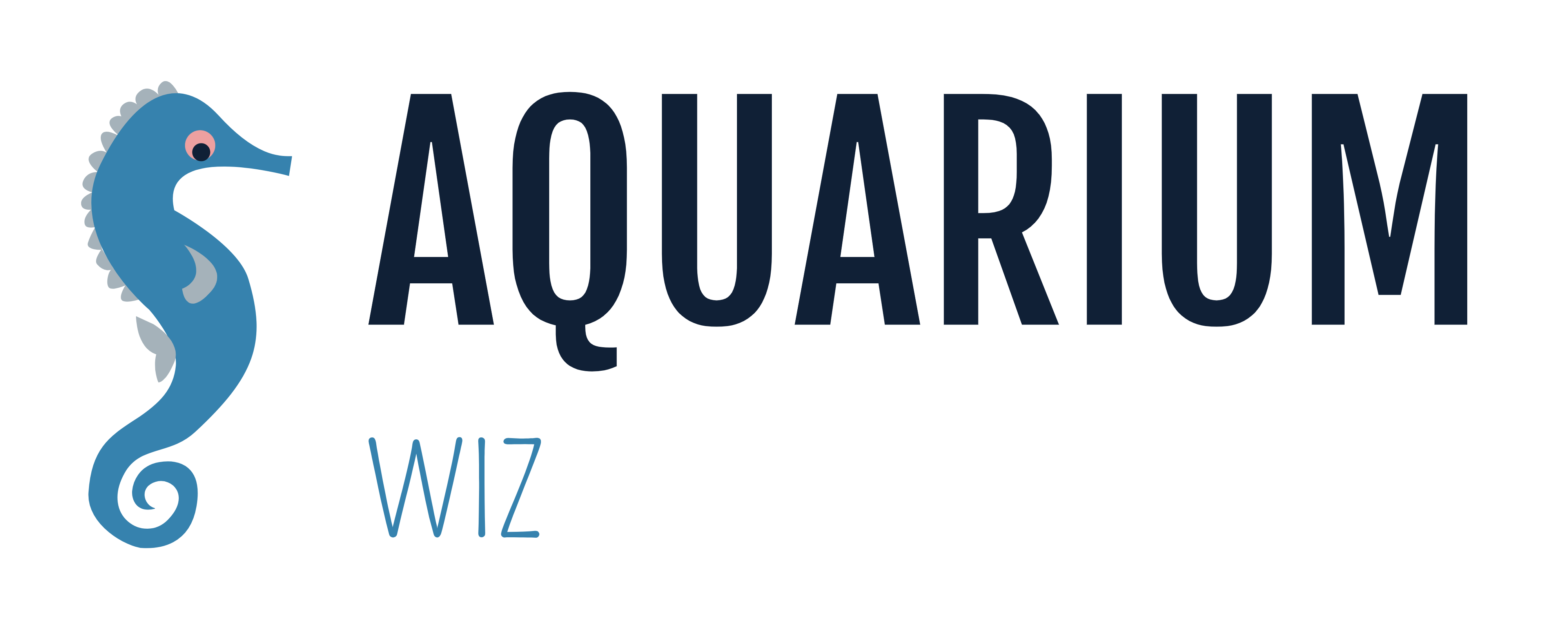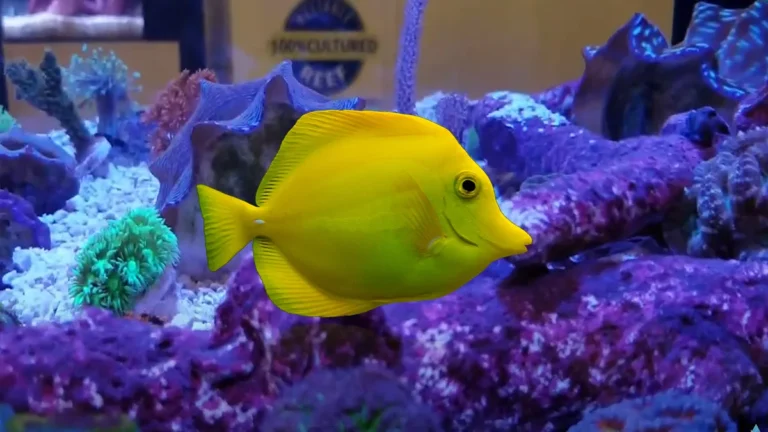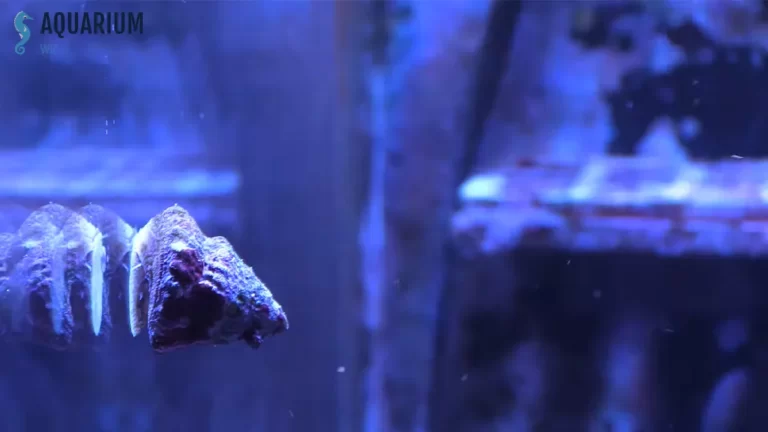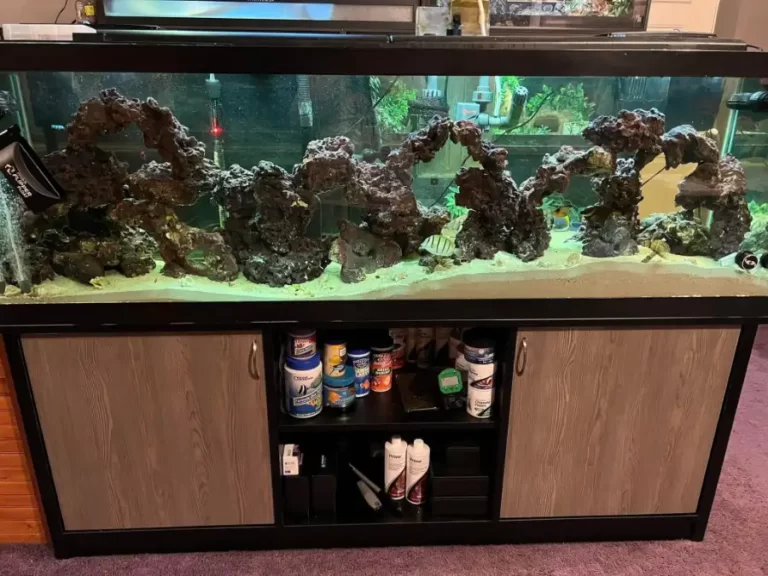How fast do yellow tangs grow
Yellow tangs are vibrant and popular saltwater fish known for their bright yellow color. If you are considering adding a yellow tang to your saltwater aquarium, it’s essential to understand their growth patterns and the factors that can influence their growth rate.
Overview of yellow tangs and their growth patterns
Yellow tangs belong to the surgeonfish family and are primarily found in the tropical waters of the Pacific Ocean. They are known for their oval-shaped bodies and distinctive yellow coloration. In the wild, yellow tangs can reach lengths of up to 8 inches, making them a medium-sized fish for an aquarium setting.
When it comes to the growth rate of yellow tangs, several factors come into play. The age and size of the tang when you acquire it, its diet, water quality, and the size of the tank are all important considerations.
It’s worth noting that yellow tangs are fast growers during their early years. In ideal conditions, they can grow around 1 inch per year during their first two to three years. However, as they reach maturity, their growth rate slows down, and they typically grow less than an inch per year.
Factors affecting the growth rate of yellow tangs
- Tank size: Providing a large enough tank is crucial for supporting the healthy growth of yellow tangs. They need enough space to swim and explore, which contributes to their overall well-being and growth.
- Water quality: Yellow tangs require pristine water conditions to thrive and grow. They are sensitive to high nitrate levels and poor water parameters, which can stunt their growth. Regular monitoring of water quality, along with frequent water changes, is essential.
- Diet: Offering a diverse diet is key to promoting proper growth in yellow tangs. Their natural diet consists of marine algae, so providing high-quality algae-based foods is important. Additionally, supplementing their diet with other foods such as frozen or live copepods, brine shrimp, and spirulina flakes can enhance their nutritional intake and promote healthy growth.
- Compatibility: Yellow tangs are generally peaceful fish, but they can become stressed and growth may be hindered if they are housed with aggressive tank mates. It’s important to ensure compatibility and provide a stress-free environment for optimal growth.
- Lighting: Yellow tangs require appropriate lighting conditions in their tank. The presence of full-spectrum lighting, such as LED lights, helps promote the growth of beneficial algae, which is an important part of their diet.
Yellow Tang Growth Stages
Yellow tangs (Zebrasoma flavescens) are known for their vibrant yellow color and are a popular choice for saltwater aquarium enthusiasts. If you’re considering adding these beautiful fish to your tank, it’s important to understand their growth stages and the factors that influence their growth.
Stage 1: Juvenile Growth and Development
During the juvenile stage, yellow tangs are small, measuring around 1 to 2 inches in length. At this stage, their primary focus is on feeding and growing. They have a high metabolic rate and need a diet rich in protein and algae to support their growth.
Factors influencing the growth of juvenile yellow tangs
Several factors can influence the growth rate of juvenile yellow tangs. These include water quality, temperature, availability of food, and the size of the tank. It’s crucial to provide them with a spacious tank that allows for adequate swimming space and minimizes stress.
Nutritional requirements for healthy growth
To ensure healthy growth, a balanced diet is essential for juvenile yellow tangs. Their diet should include a variety of foods such as algae, frozen mysis shrimp, brine shrimp, and commercially available herbivore pellets. It’s important to offer a combination of live and frozen foods to provide them with essential nutrients.
Stage 2: Adolescent Growth Spurt
During the adolescent stage, yellow tangs experience a growth spurt. Their size increases rapidly, and they develop their characteristic yellow coloration. This growth spurt typically occurs when they are around 3 to 4 inches in length and can last for several months.
Factors that contribute to the growth spurt in adolescent yellow tangs
Several factors contribute to the growth spurt in adolescent yellow tangs. Proper nutrition, regular water changes, and maintaining excellent water quality play a crucial role in supporting their growth. Providing them with a well-balanced diet and ensuring their tank is free from toxins and pollutants will help promote healthy growth.
Environmental conditions and habitat suitability
Yellow tangs are native to the waters around Hawaii and thrive in an environment that replicates their natural habitat. It’s important to recreate a suitable marine environment in your tank by providing ample swimming space, live rock for hiding spots, and maintaining stable water parameters. This will create a stress-free environment that promotes optimal growth and development.
Stage 3: Adult Size and Maturity
Yellow tangs reach their adult size between 4 to 6 inches in length. The time frame for them to reach adulthood can vary depending on factors such as genetics, diet, and overall tank conditions. With proper care and nutrition, yellow tangs can reach their adult size within 1 to 2 years from hatching.
Average size and time frame for yellow tangs to reach adulthood
On average, it takes yellow tangs approximately 1 to 2 years to reach their adult size. However, it’s important to note that individual growth rates can vary. Factors such as genetics, diet, water quality, and tank conditions can influence the time it takes for them to reach maturity.
In conclusion, understanding the growth stages of yellow tangs and providing them with proper care and nutrition is crucial to their overall well-being. By creating a suitable habitat, offering a balanced diet, and maintaining excellent water quality, you can support their growth and enjoy their vibrant presence in your saltwater aquarium.






